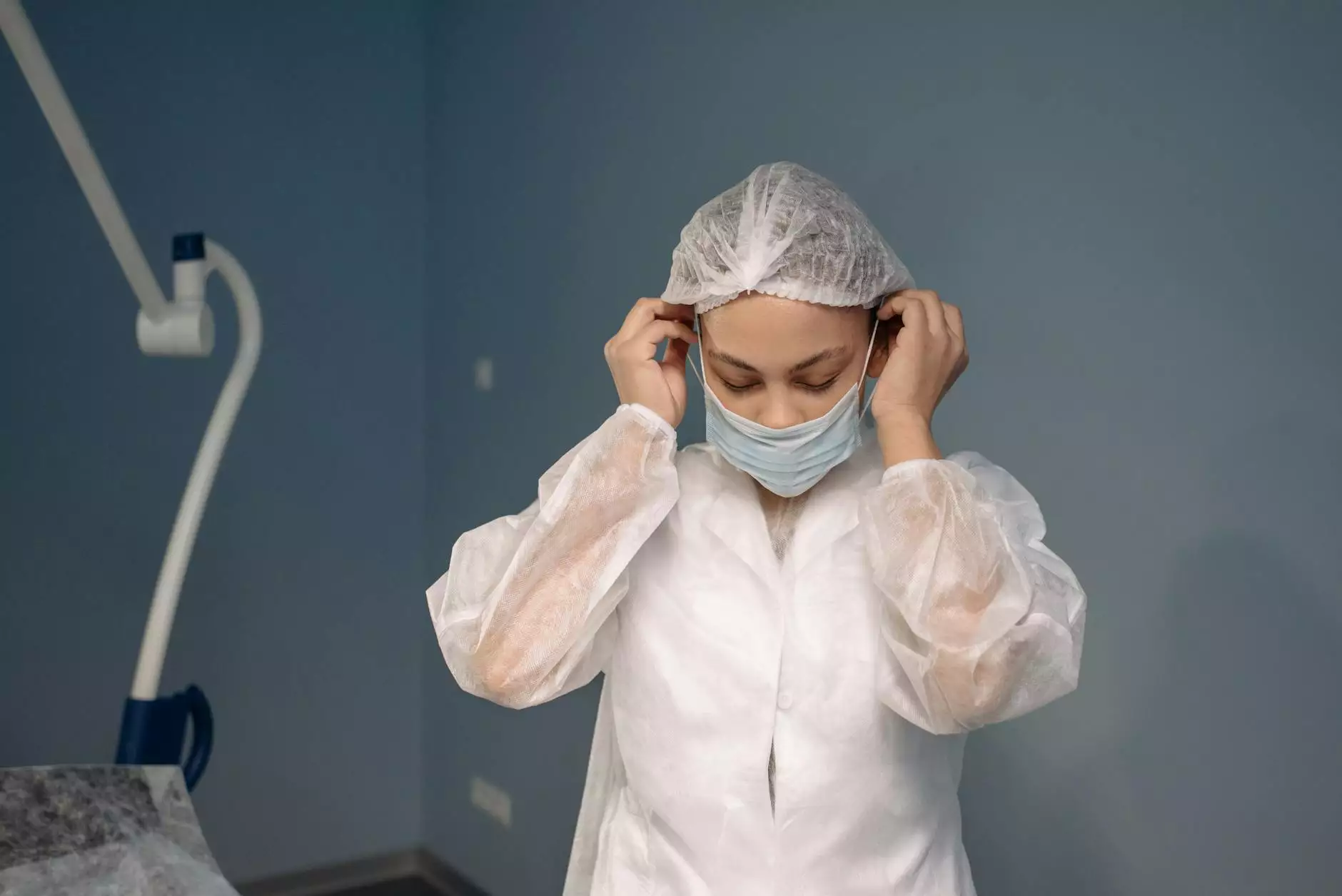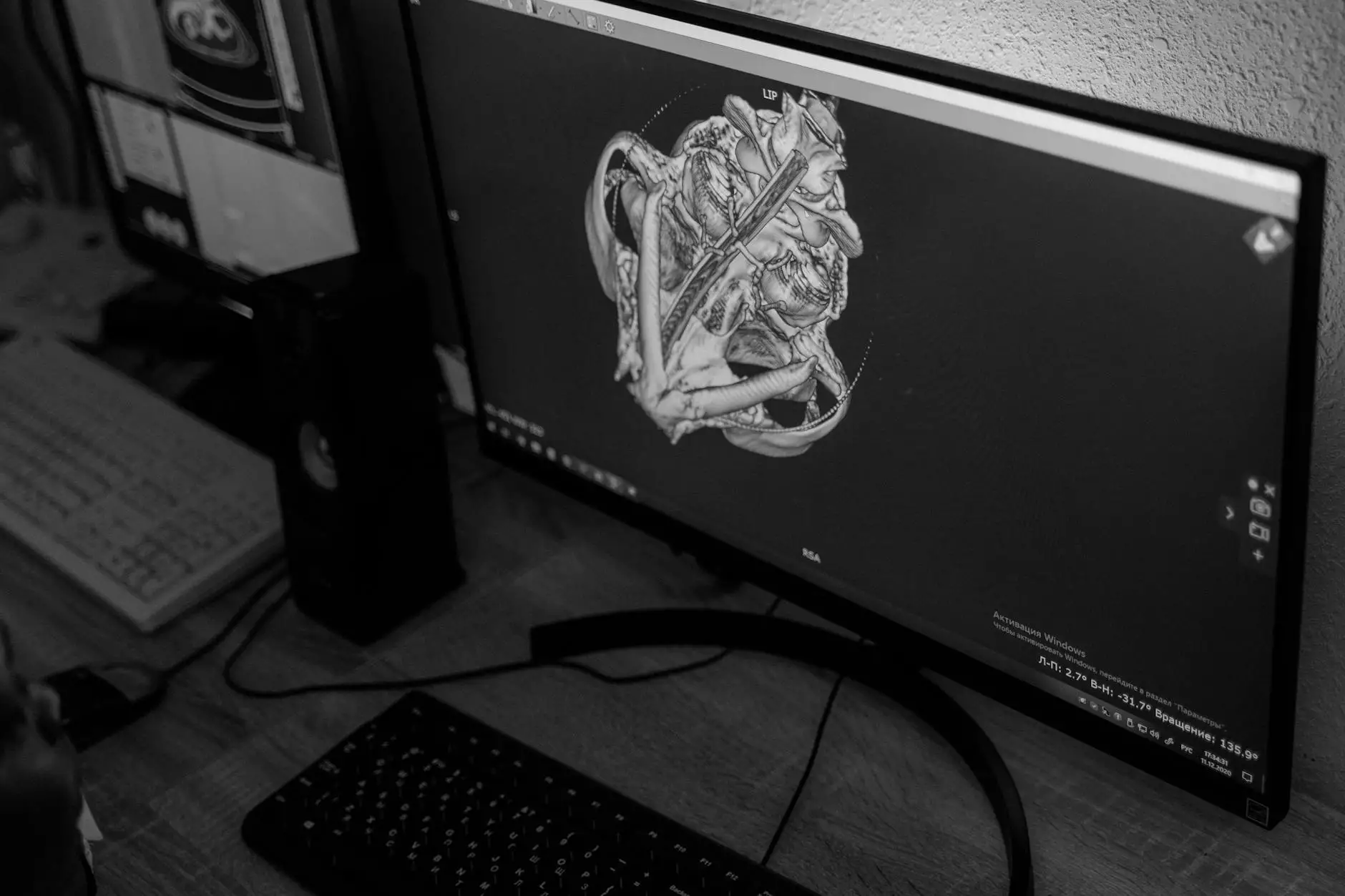Lung Surgery Procedures: Comprehensive Insights for Patients

Lung surgery is a critical medical intervention aimed at treating various lung conditions, including cancer, infections, and chronic obstructions. Understanding the lung surgery procedure is essential for patients who may require such treatment. This article provides a thorough overview of the procedures involved, preparation methods, recovery expectations, and the role of skilled professionals in ensuring successful outcomes.
What is Lung Surgery?
Lung surgery refers to surgical operations performed on the lungs to remove diseased tissue, repair lung structures, or access other organs. It is usually recommended when other treatments, such as medication or therapy, are not effective. The primary goal of lung surgery is to enhance the patient's quality of life and potential for recovery.
Types of Lung Surgery
There are several types of surgical procedures related to lung health. The choice of surgery depends on the condition being treated. Here are the most common types:
- Lobectomy: This involves the removal of one of the lobes of the lung and is typically performed to treat lung cancer.
- Pneumonectomy: A complete removal of one lung, usually done in cases of extensive lung disease or severe malignancy.
- Segmentectomy: This procedure targets the removal of a specific segment of the lung and is often considered when preserving as much lung tissue as possible is necessary.
- Video-Assisted Thoracoscopic Surgery (VATS): A minimally invasive technique that allows surgeons to access the lungs through small incisions, leading to reduced recovery times.
- Bronchoscopy: A procedure that uses a thin tube with a camera to examine and potentially treat lung conditions directly.
Indications for Lung Surgery
Several conditions may lead to the recommendation of a lung surgery procedure:
- Lung Cancer: The most common indication where tumor removal is necessary to prevent metastasis.
- Chronic Obstructive Pulmonary Disease (COPD): In severe cases, surgery may be required to remove damaged lung tissue.
- Infections: Conditions such as tuberculosis or other severe infections may require surgical intervention to remove infected tissues.
- Trauma: Injuries to the lung resulting from accidents may necessitate surgical repair.
- Cysts or Abscesses: These can be removed surgically to alleviate symptoms or prevent complications.
Preparing for Lung Surgery
Preparation is crucial for any surgical procedure, especially lung surgery. Healthcare providers typically recommend a series of pre-operative assessments:
- Medical Evaluation: A thorough assessment to determine lung function, cardiac health, and overall physical condition.
- Imaging Studies: Chest X-rays, CT scans, or MRIs may be performed to offer detailed images of the lung structure.
- Blood Tests: Routine blood work helps assess various health parameters that could affect surgery.
- Consultation with Specialists: Patients may need to meet with a pulmonologist and surgeon to discuss the procedure and address any concerns.
- Smoking Cessation: Quitting smoking for at least a few weeks before surgery is highly recommended to reduce complications.
The Lung Surgery Procedure
The actual lung surgery procedure can vary depending on the type of surgery being performed. However, the general steps involved are as follows:
1. Anesthesia Administration
Most lung surgeries are conducted under general anesthesia, ensuring the patient is unconscious and free from pain during the operation. An anesthesiologist monitors the patient's vital signs throughout the surgery.
2. Incision
The surgeon makes incisions based on the type of surgery performed. For traditional open surgeries, larger cuts are made, while minimally invasive techniques like VATS require smaller incisions.
3. Surgery Execution
During this phase, the surgeon removes the affected portion of the lung or repair damaged tissues. For complex cases, direct visualization through cameras may be employed to ensure precision.
4. Closure
After completion of the procedure, the surgeon closes the incisions using sutures or staples, and the patient is then carefully monitored as they wake up from anesthesia.
Postoperative Care and Recovery
Recovery from lung surgery can be a gradual process, and proper care is vital in promoting healing. Considerations for postoperative care include:
- Pain Management: Pain control methods, including medications, are essential to ensure comfort during the recovery phase.
- Respiratory Therapy: Patients may undergo breathing exercises to foster lung expansion and prevent complications, such as pneumonia.
- Wound Care: Monitoring the surgical site for signs of infection is crucial, and patients will receive instructions on how to care for their incisions.
- Follow-Up Appointments: Subsequent visits to the surgeon allow for assessment of recovery progress and to address any concerns.
- Gradual Return to Activity: Patients should aim to slowly increase their activity levels as tolerated to regain strength and lung function.
Potential Complications of Lung Surgery
As with any surgical procedure, lung surgery comes with possible risks and complications. Understanding these can help patients make informed decisions:
- Infection: A risk associated with any surgical wound, necessitating antibiotics or additional interventions if severe.
- Bleeding: Patients may experience excess bleeding during or after surgery, which may require transfusion or further surgery.
- Pneumothorax: Accidental puncture of the lung can lead to air leakage, requiring immediate medical attention.
- Thromboembolic Events: The formation of blood clots in the legs can occur, emphasizing the importance of mobility and possibly anticoagulants.
- Respiratory Issues: Difficulty in breathing or reduced lung capacity may occur, which will improve progressively with rehabilitation.
The Importance of Expert Care
Choosing an experienced surgical team is vital to ensure the best outcomes for lung surgery. The neumarksurgery.com team consists of highly skilled doctors in the fields of thoracic surgery and pulmonary medicine, committed to guiding patients before, during, and after the lung surgery procedure. Their expertise enhances the chances of successful recovery and improved quality of life.
Conclusion
Understanding the complexities of lung surgery procedures empowers patients to make informed decisions about their health. Whether facing a diagnosis of lung cancer or another respiratory condition, consulting with experts like those at Neumark Surgery ensures that patients receive the highest level of care. Proper preparation, execution, and postoperative care all play significant roles in the overall success of lung surgery.
For more information about lung surgery procedures and to schedule a consultation, visit neumarksurgery.com.









